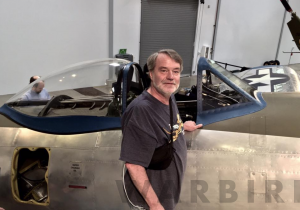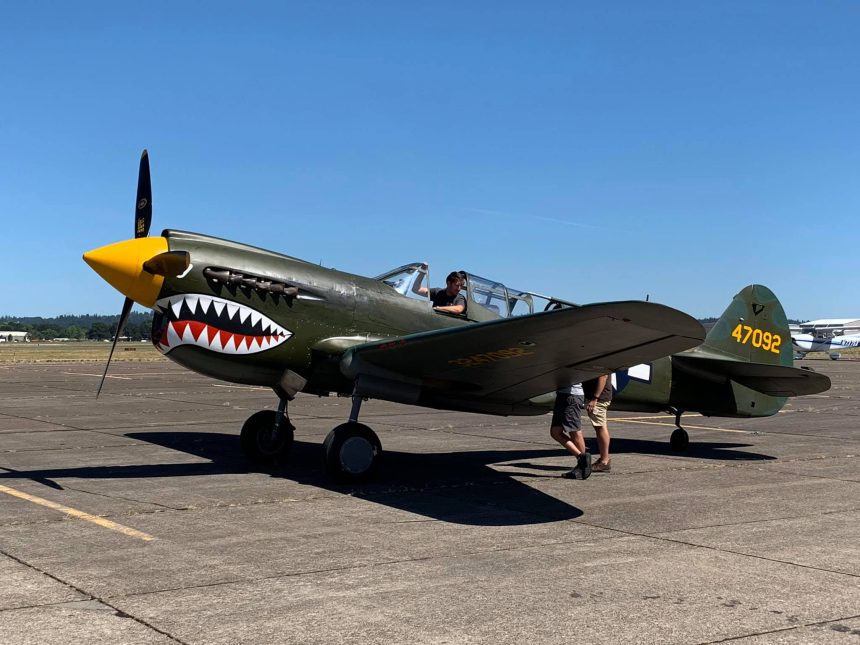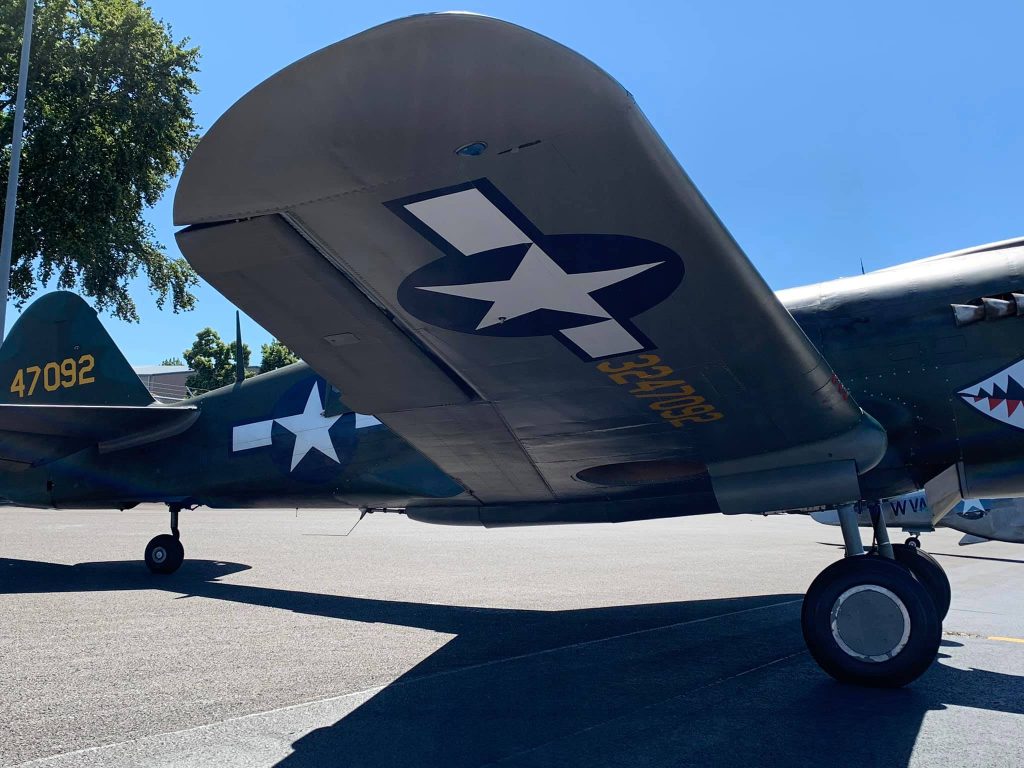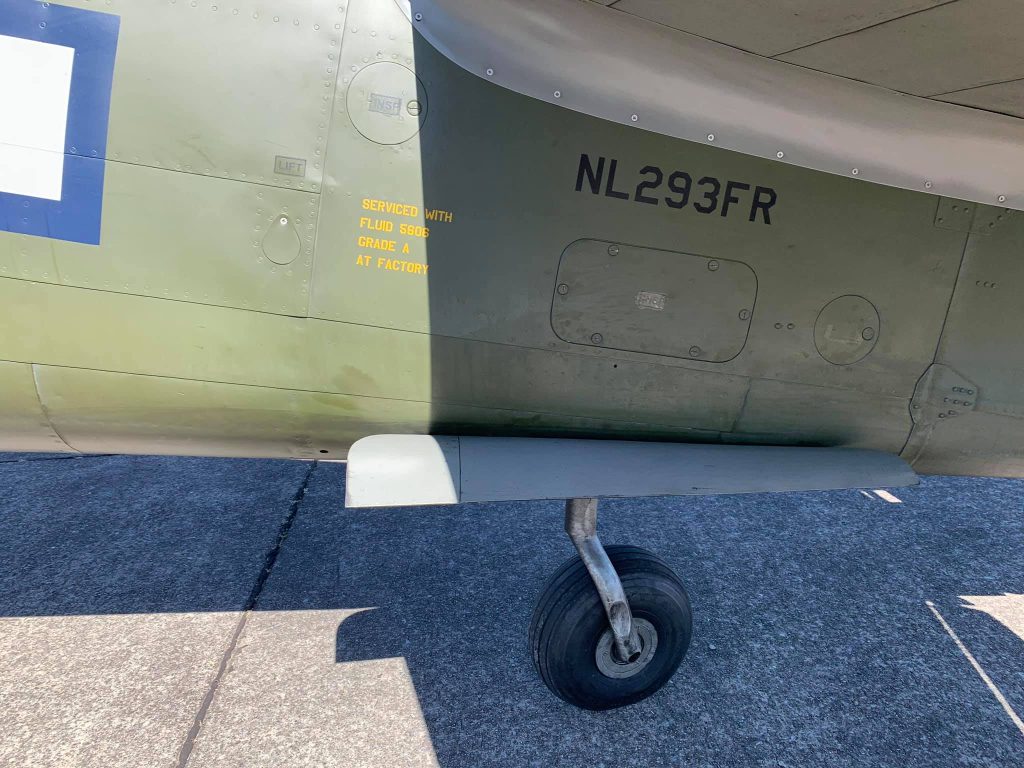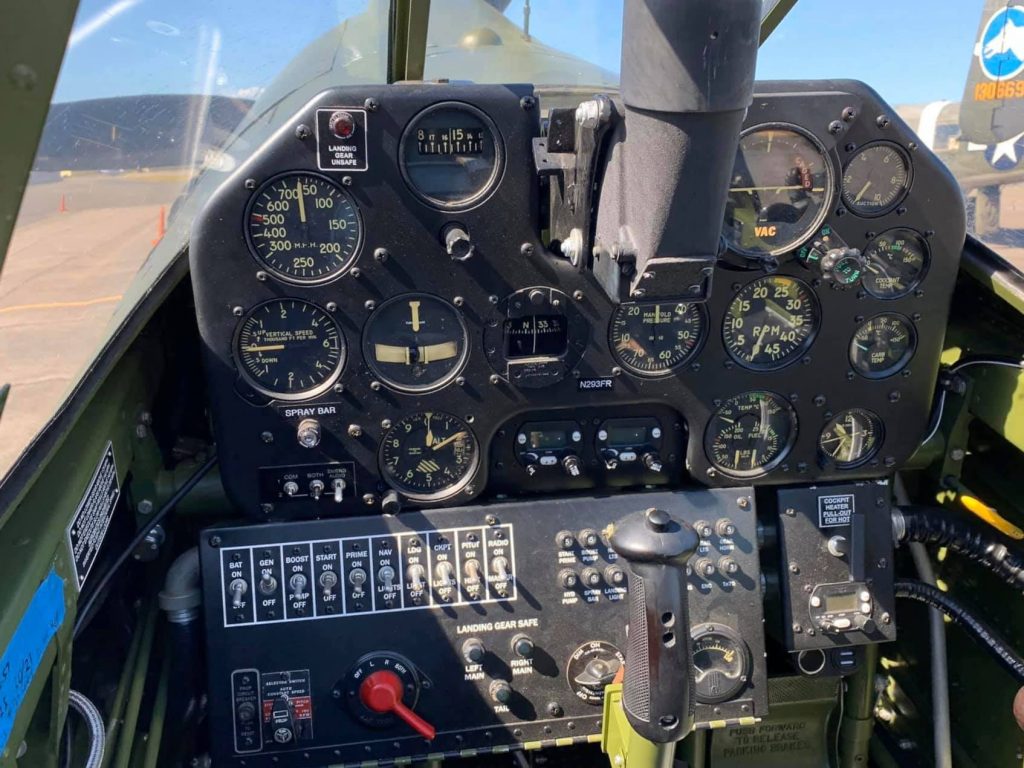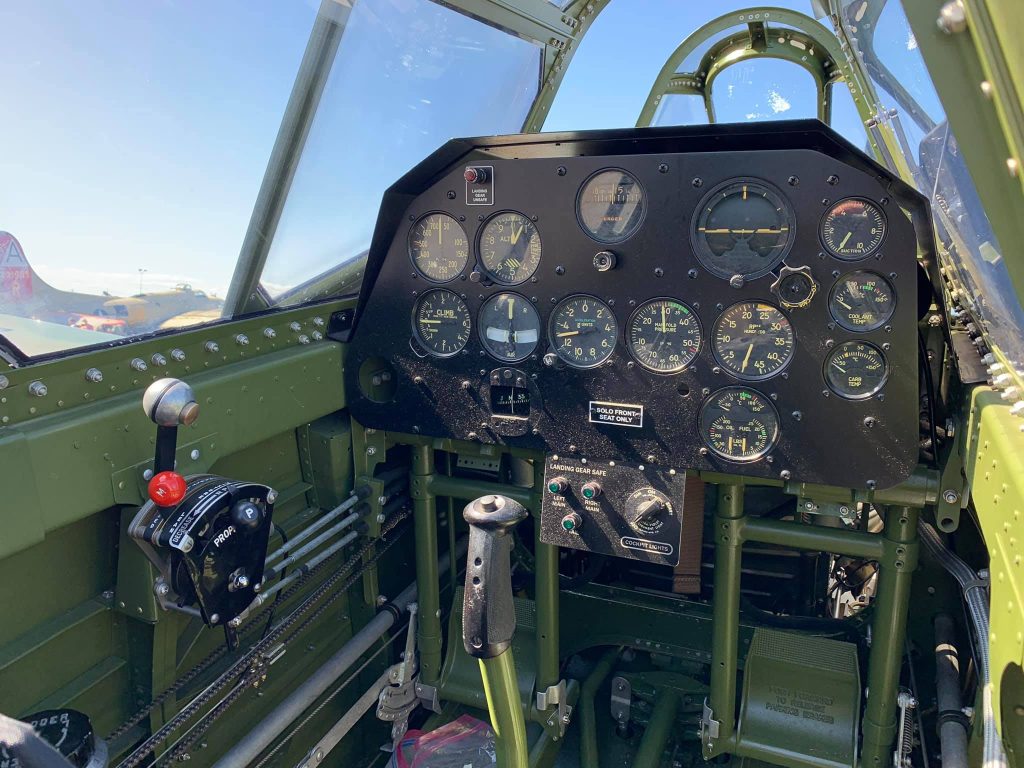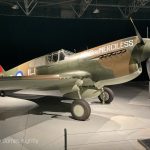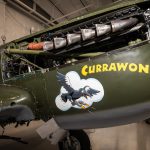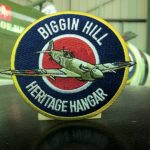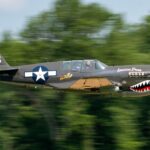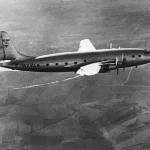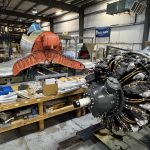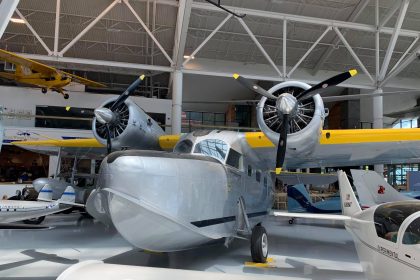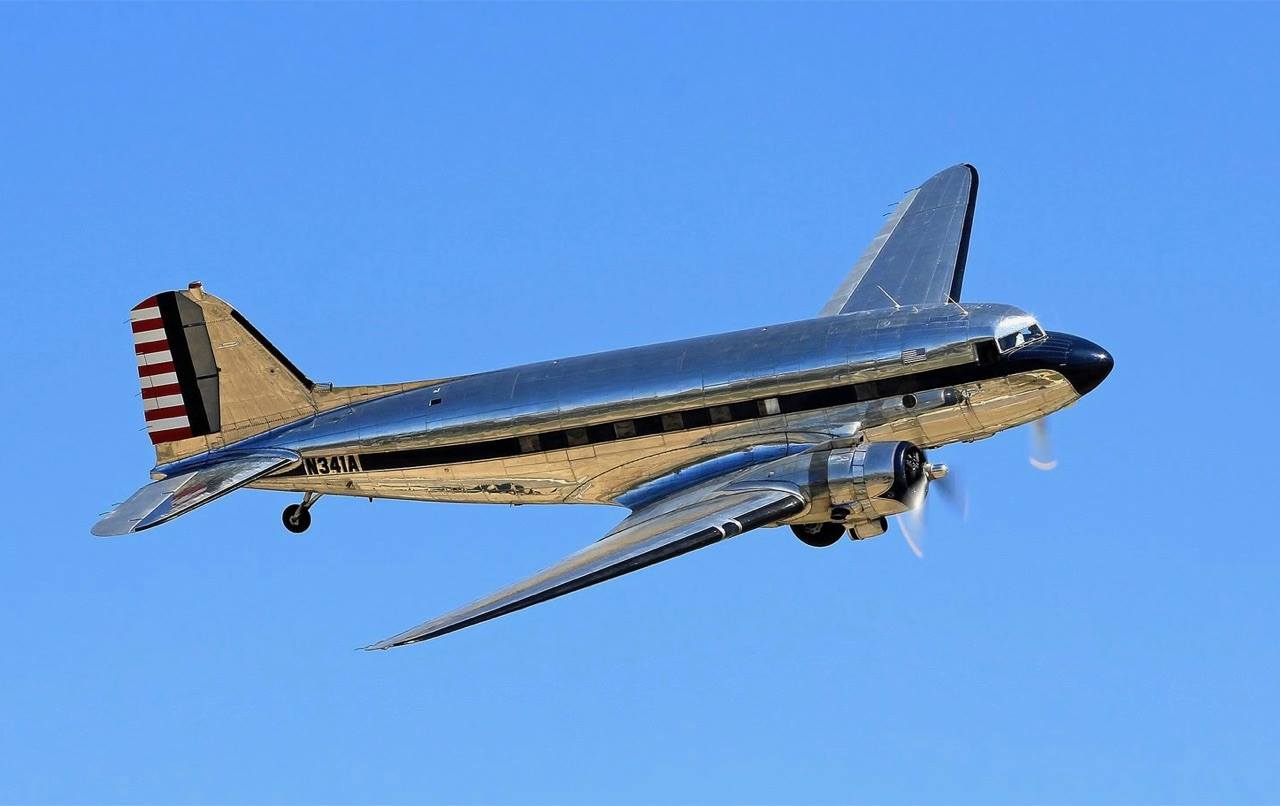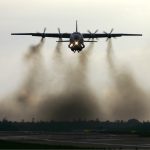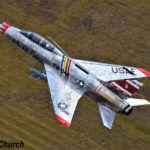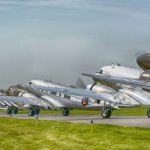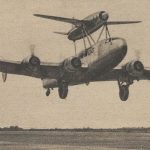By Randy Malmstrom
Since his childhood, Randy Malmstrom has had a passion for aviation history and historic military aircraft in particular. He has a particular penchant for documenting specific airframes with a highly detailed series of walk-around images and an in-depth exploration of their history, which have proved to be popular with many of those who have seen them, and we thought our readers would be equally fascinated too. This installment of Randy’s Warbird Profiles takes a look at Curtiss TP-40N Warhawk 42-104721.
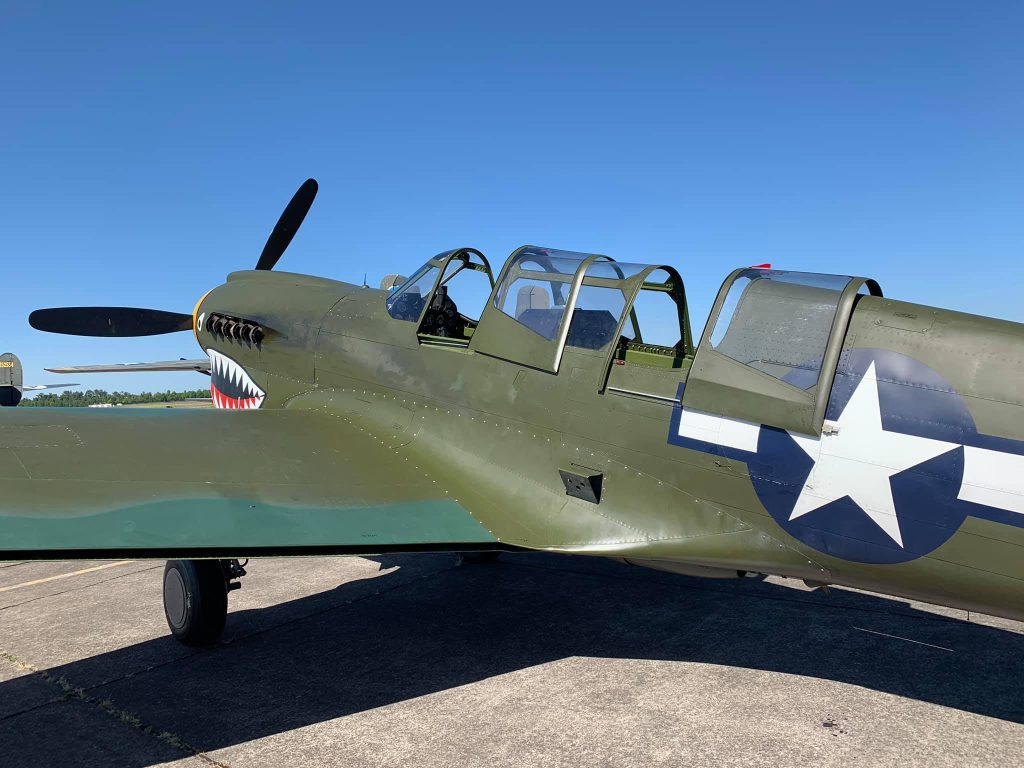
Curtiss TP-40N, formerly P-40K, s/n 42-104721, painted at the time these photos as NL293FR – it is listed with the FAA as N293FR. Briefly and from what I have determined, this particular aircraft was built in 1942 as a P-40K by Curtiss-Wright Corporation in Buffalo, New York, and was assigned to the U.S. Eleventh Air Force, Alaskan Air Defense Command, as part of the defense of the Aleutian Islands during World War II (U.S. military stationed there could hear Japanese radio communications and some spoken in very good English, as many Japanese went to school in America before the war).

In 1943, it suffered engine failure and crashed near Fort Morrow Army Airfield near Port Heiden, Alaska, and was struck off charge. In 1975, warbird enthusiasts Al Redick and Steve Myers discovered the aircraft in a swamp and had it recovered by helicopter by Aviation Classics Ltd. of Reno, Nevada (or Fairbanks Air depending on your source). It exchanged hands several times and was restored to airworthiness in 1986 and flew as Burma Rascal.
In 1990, it became part of the Evergreen Heritage Collection in Arizona, and then became part of the collection at Evergreen Aviation & Space Museum in McMinnville, Oregon. In 2017, it was acquired by the Collings Foundation and converted to a TP-40N (Trainer Pursuit) 2-seat full dual-control trainer variant, painted as USAAF P-40N-1-CU, s/n 42-9749, that was recovered from New Guinea where records indicate had originally served with the Royal Australian Air Force as A29-499, and has flown with the Wings of Freedom Tour.
I understand it is now (as of this writing) sitting in a U.K. hangar. I was told that the conversion and rebuild was done by Precision Airmotive in Wangaratta, Victoria, Australia; however, the Collings Foundation lists California Aerofab.
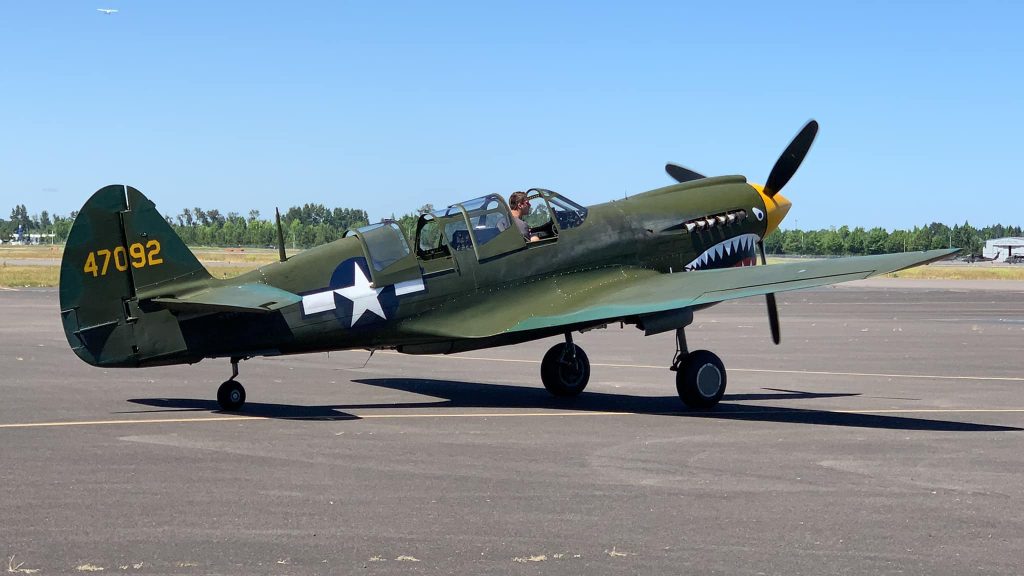
About the author
